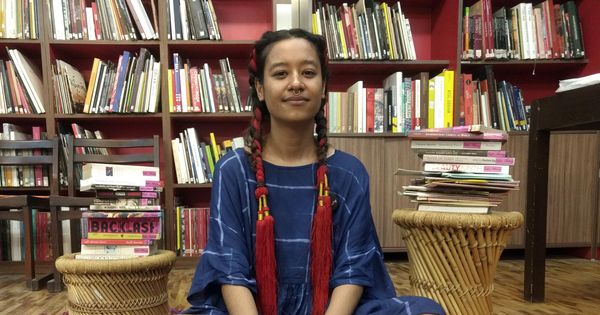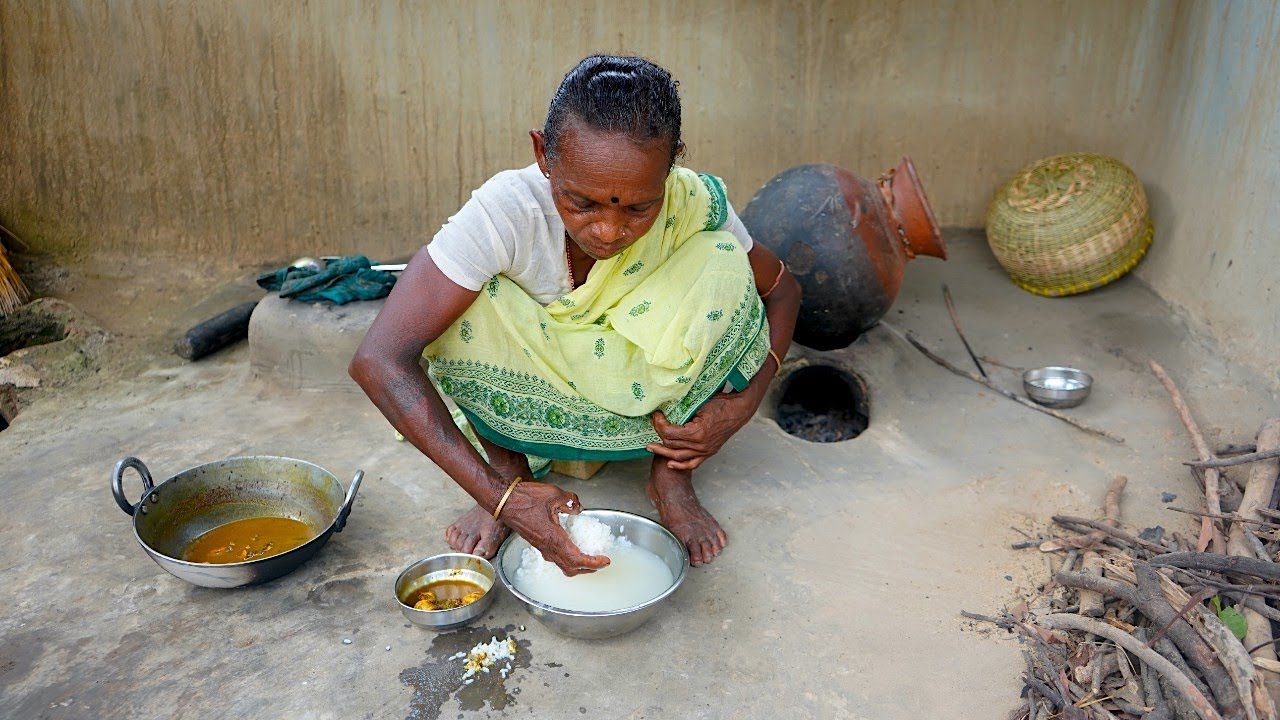Now Reading: The Woman in Mizoram Who Opened a Village Library at Her Home
-
01
The Woman in Mizoram Who Opened a Village Library at Her Home
The Woman in Mizoram Who Opened a Village Library at Her Home

In a quiet village in Mizoram, one woman has turned her own home into a beacon of learning. By opening a library within her house, she has created a space where children, students, and even elders can gather to read and explore knowledge. Her initiative has brought books closer to people who otherwise have limited access, proving that education and community spirit can thrive even in the most modest settings.
The idea was born out of a simple observation—young people in her village had the desire to learn but not enough resources. Schools provided textbooks, but storybooks, reference materials, and newspapers were scarce. By setting up shelves in her living room and collecting books from friends and well-wishers, she created a library that soon became a hub for the entire village.
For students preparing for exams, the library has become a lifeline. It provides not only books but also a quiet space to study, something many lacked at home. For children, the collection of storybooks has sparked curiosity and a love for reading. Even older residents have started visiting, using the library to keep themselves updated and connected to the wider world.
In Tier 2 and rural areas across India, access to knowledge is often restricted by infrastructure. The Mizoram woman’s effort shows how grassroots initiatives can bridge that gap. Instead of waiting for government facilities, she chose to act, and her contribution is now encouraging other villagers to donate books and support the cause.
What makes this story stand out is the reminder that change begins at home, quite literally. A personal sacrifice—sharing her own space—has transformed into a public service. By building a culture of reading in her village, she has sown seeds that will grow for generations. Her library may be small, but its impact is already much larger than its walls.

























